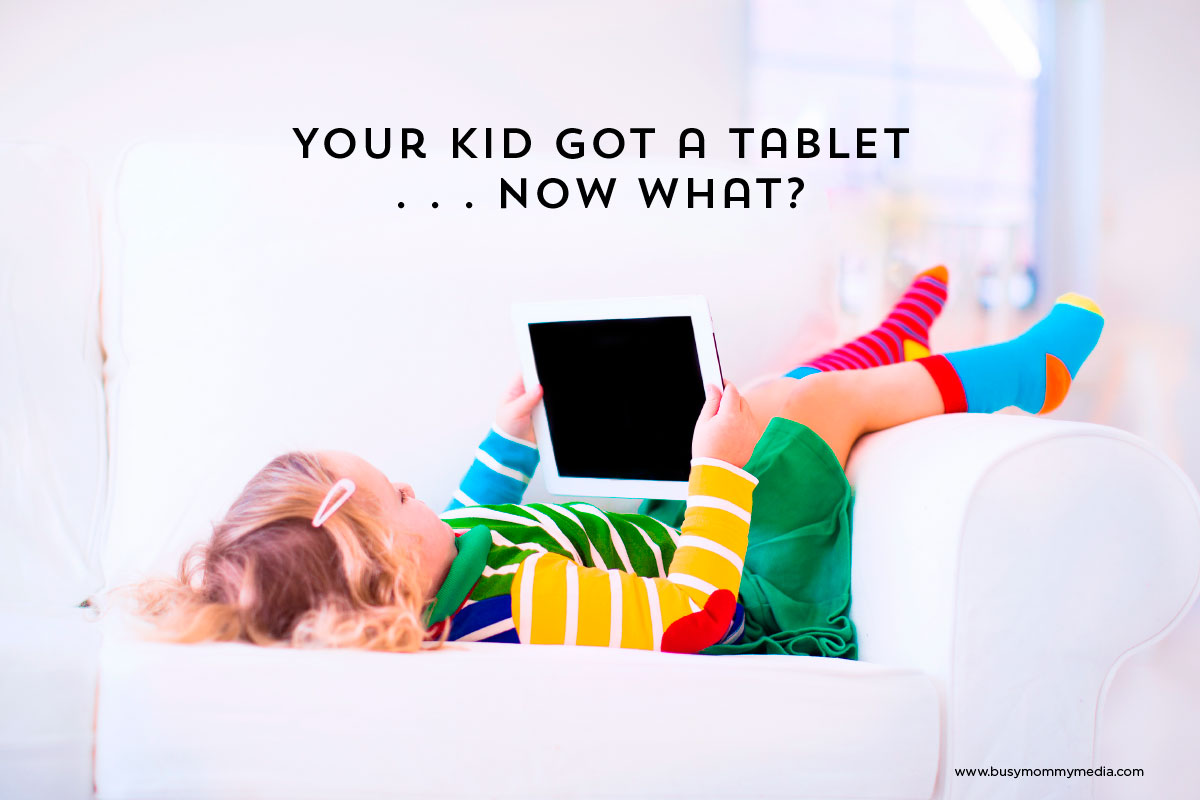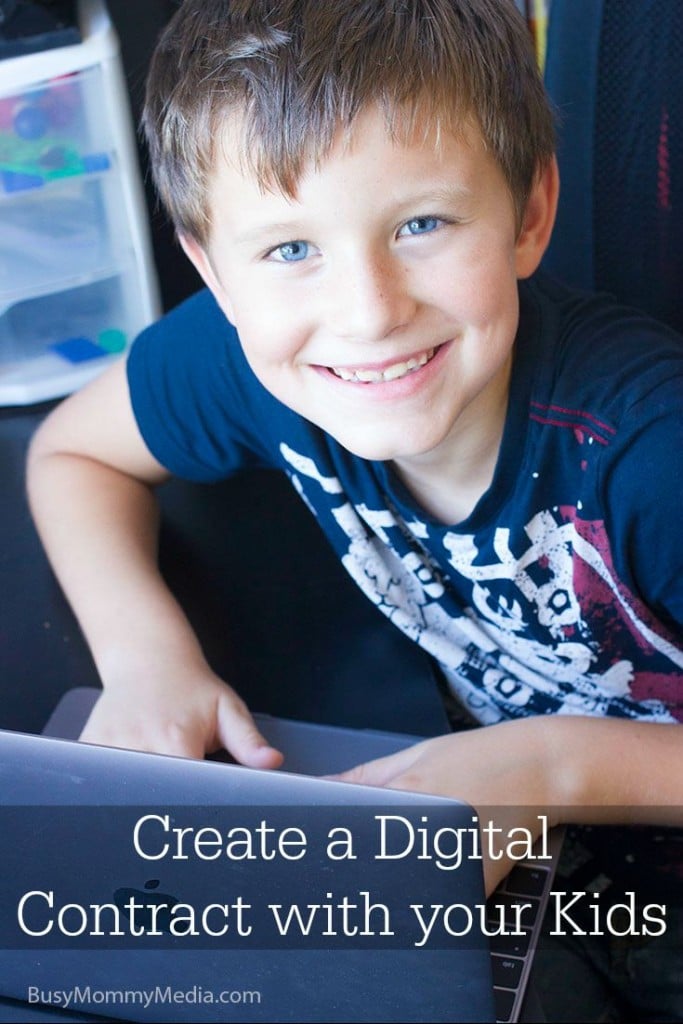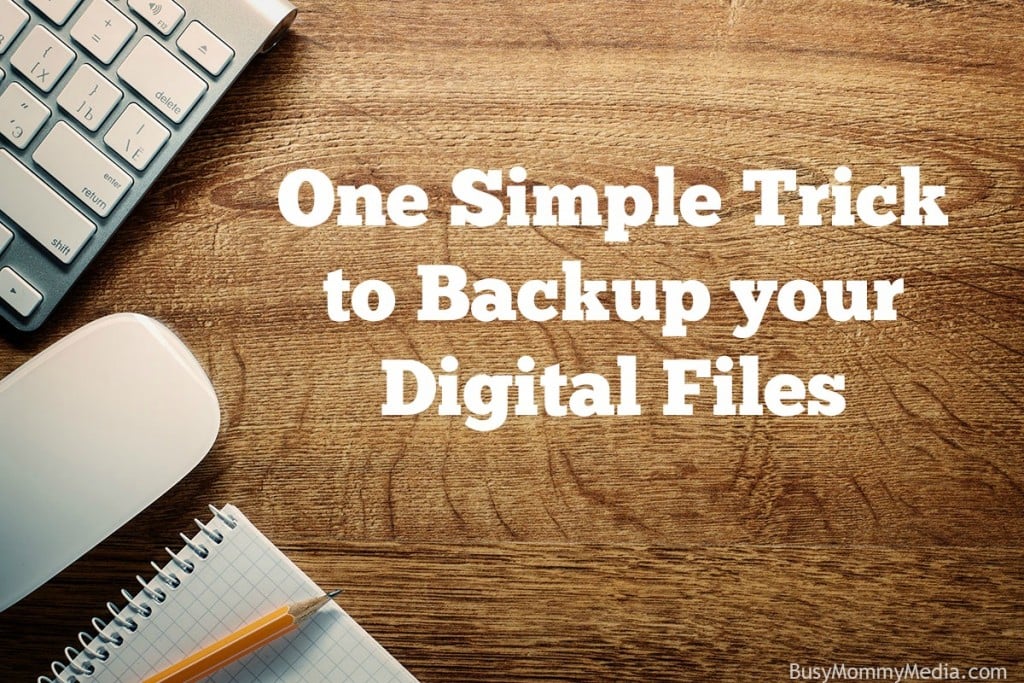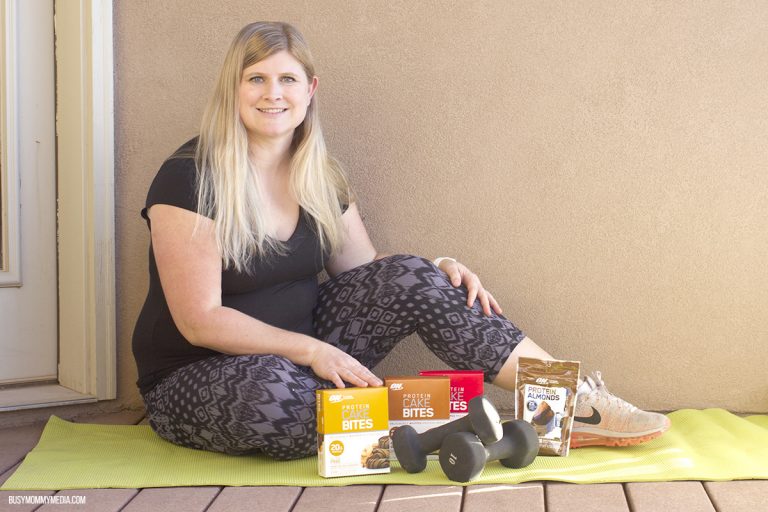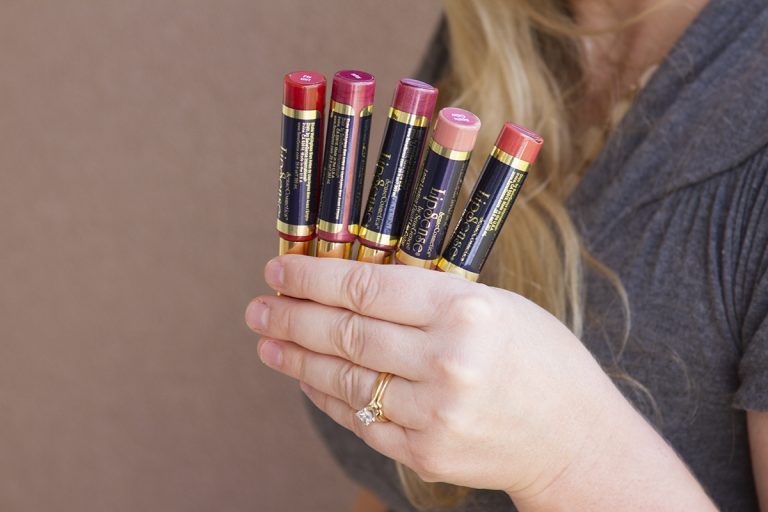Your Kid got a Tablet . . . now what?
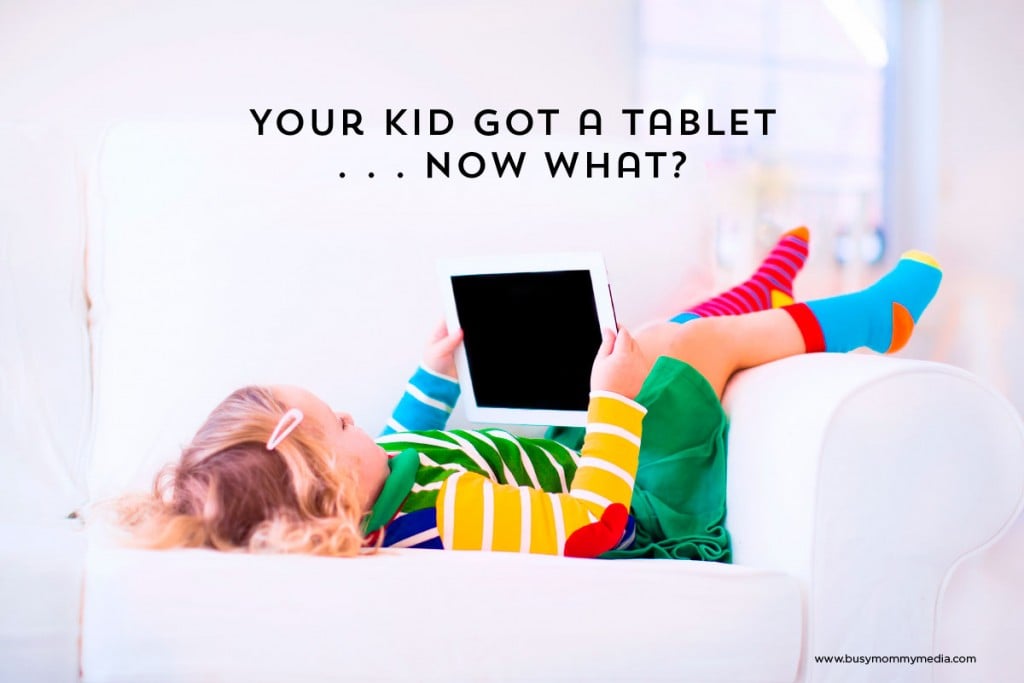
So your kid got a tablet. You probably won the coolest parent award for that gift, right? But now what do you do? I looked around my house the other day and realized everyone age 3 and up was sitting on a tablet or a phone. Whether it is a tablet, a phone or a computer, they almost all connect to the internet and can suck up huge amounts of time.
There are some definite issues that pop up when you mix kids and technology. Kids will be spending time online at one point or another. In today’s world, it has become part of their communication and finding their identities. It’s our job as parents to teach appropriate behaviors. In order to keep your kids safe, there are a few things that you need to address right in the beginning.
Get familiar with the device
You can’t protect your kids if you don’t know how to use their tablet. Get familiar with the operating system and make sure you know how to see what your child has been using their tablet for. Get to know what kind of restrictions you can put into place. Can you set ratings guidelines, restrict in-app purchases, or removes apps like the web browser. The latest Android operating systems typically allow you to set up different profiles which is great for restricting different things for multiple kids. iOS lets you easily enable Guided Access which can lock the tablet down to individual apps.
Don’t stop with the device itself, though. Get to know the apps that your child has on the tablet. There are lots of different educational apps and many schools are now using them too, but that doesn’t necessarily mean that they are teaching your child as every kid learns differently.
For younger kids, you may want to look into something like the Kindle Fire that allows you to restrict content and set time limits with Kindle Freetime, a service that provides only kid-friendly content.
Create a Digital Contract
Sit down with your kids and create a digital contract. This lays out exactly what the rules are and lets them know what the consequences are if they don’t obey. A digital contract gives you the chance to talk about important safety issues, set rules, and open up the lines of communication with your kids.
Establish guidelines and set limits
Limits need to be set right from the beginning. It’s much easier to relax on some of your rules that end up being too strict than going the other way around. Sit down with your kids and let them know exactly what the rules are regarding their tablet. Talk about how the tablet should be used, how they should take care of it, any limitations you want to set in place, etc.
Create tech-free zones
It’s important to talk about where in your home your kids can use their tablet. At my house, we don’t allow tablets in the bedrooms. All devices charge in mom and dad’s room and have to be checked out in the morning so we know where they are at all times. Anything kids do on a tablet they should be able to do in public area of the home. Getting into this habit while kids are younger will make the teenage years much easier.
Monitor usage
Pay attention to what your child is doing on their tablet. You can monitor your wireless cellular data for devices that have that capability and, if you are willing to pay for it, many carriers give parents additional monitoring capabilities to determine what your child is doing with that data. There are lots of ways to mirror messages your child is sending and receiving on his tablet. Check out MightyText (Android) and iMessage (iOs).
Internet Safety
 Giving kids access to the internet can open up all kinds of issues. If you aren’t ready for that, consider removing the browser from your child’s tablet or installing a kid-friendly internet browser. There are some great choices out there so you should be able to limit internet access to whatever you are comfortable with. If your child does have internet access on their tablet, be sure that you are checking their history on a regular basis and having lots of conversations about what its ok and what is not.
Giving kids access to the internet can open up all kinds of issues. If you aren’t ready for that, consider removing the browser from your child’s tablet or installing a kid-friendly internet browser. There are some great choices out there so you should be able to limit internet access to whatever you are comfortable with. If your child does have internet access on their tablet, be sure that you are checking their history on a regular basis and having lots of conversations about what its ok and what is not.
I’d highly recommend sitting down with your kids and reading the book Good Pictures Bad Pictures: Porn-Proofing Today’s Young Kids. It does a great job of explaining what kids should do if they come across something that makes them uncomfortable online.
Set a Good Example
Kids watch everything we do. If they see us glued to our phone during dinner they are going to expect the same thing. Take a good look at your own tech habits and make sure that you are making choices that you’d feel good about having your kids copy.
Protection
Tablets can be pricey and that’s definitely a bit of a risk when you hand one over to a child. While not as high up on the list of priorities as some of the other things we’ve mentioned, protecting your investment is definitely worth looking into. With children, a good protective case is almost a necessity. It will get dropped. The Logi Blok and OtterBox cases offer great protection and have saved more than a few screens in our house. If your child has a newer device, you may want to look into insurance. For older or cheaper devices, insurance might not make sense but it something to consider if you do not consider the device “disposable”.
[Tweet “So your kid got a tablet . . . now what? We have some important safety tips for you as a parent. “]


